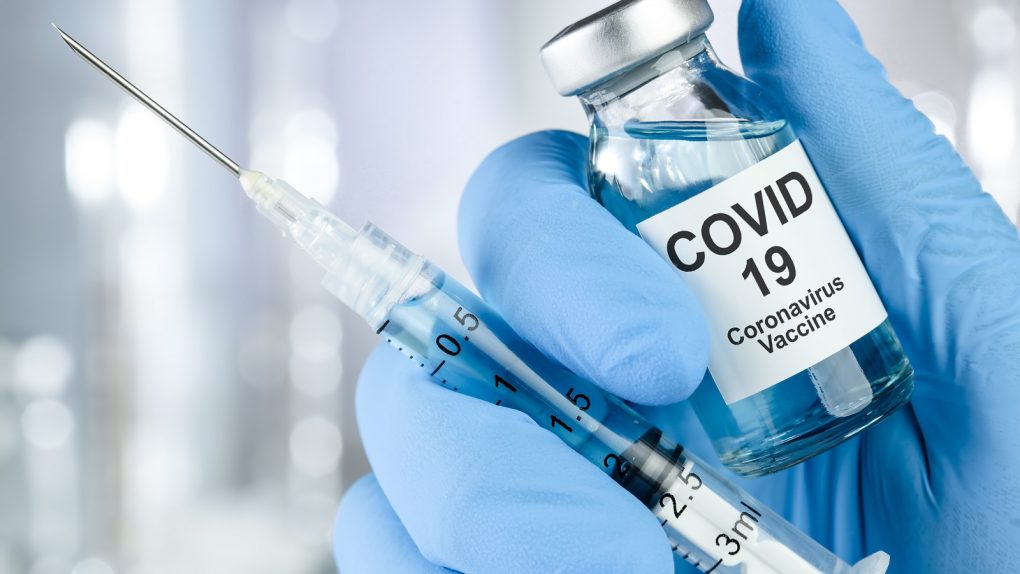- The Pfizer and BioNTech coronavirus vaccine candidate is 95% effective, according to the final results of its Phase 3 trial.
- The efficacy estimate is even better than the 90% estimate the two companies offered a few weeks ago, based on interim data.
- Pfizer and BioNTech say the vaccine has no major side effects and they will seek regulatory approval within days.
Pfizer and BioNTech announced a few days ago that the coronavirus vaccine candidate they tested for weeks had an efficacy rate of about 90%, according to interim data from the Phase 3 trial. That figure was a lot better than expectations and quite a pleasant surprise of the COVID-19 pandemic. Even if the final results were to drop below 90%, that was a great starting point, suggesting that a vaccine can indeed prevent infection and severe COVID-19.
Something even more surprising just happened. The two companies have now announced the final results for the Phase 3 trial, revealing that the vaccine has an even higher efficacy rate: 95%. That essentially means the vaccine can prevent the illness or severe complications in 95 out of 100 people.
Today’s Best Deal

According to the two companies, the vaccine candidate met all primary efficacy endpoints:
Analysis of the data indicates a vaccine efficacy rate of 95% (p<0.0001) in participants without prior SARS-CoV-2 infection (first primary objective) and also in participants with and without prior SARS-CoV-2 infection (second primary objective), in each case measured from 7 days after the second dose.
The companies said that the first primary objective analysis is based on 170 cases of COVID-19 in the volunteer groups, including 162 cases in the placebo group and just 8 cases in the group that received the actual BNT162b2 vaccine. The efficacy was consistent across age, gender, race, and ethnicity demographics. Even better, the efficacy in adults over 65 was almost as high, at over 94%. Adults over 65 are more likely to suffer from additional medical conditions that can worsen the prognosis of COVID-19.
Of the 170 infections, 10 were severe cases of COVID-19, but only one of those cases occurred in the vaccinated group. The rest were in the placebo group.
As for side effects, the Data Monitoring Committee has not reported any serious safety concerns, the companies have explained.
A review of unblinded reactogenicity data from the final analysis which consisted of a randomized subset of at least 8,000 participants 18 years and older in the phase 2/3 study demonstrates that the vaccine was well tolerated, with most solicited adverse events resolving shortly after vaccination. The only Grade 3 (severe) solicited adverse events greater than or equal to 2% in frequency after the first or second dose was fatigue at 3.8% and headache at 2.0% following dose 2. Consistent with earlier shared results, older adults tended to report fewer and milder solicited adverse events following vaccination.
Pfizer and BioNTech expect to produce up to 50 million doses this year, which will be enough to vaccinate 25 million people since the vaccine must be administered in two doses. Up to 1.3 billion doses will be manufactured by the end of 2021. The two companies plan to file for Emergency Use Authorization (EUA) with the FDA within days.
Pfizer also addressed the logistics related to storing and transporting the mRNA vaccine, confirming that it has set in place a protocol for the safe delivery and storage of doses:
Pfizer is confident in its vast experience, expertise and existing cold-chain infrastructure to distribute the vaccine around the world. The companies have developed specially designed, temperature-controlled thermal shippers utilizing dry ice to maintain temperature conditions of -70°C±10°C. They can be used be as temporary storage units for 15 days by refilling with dry ice. Each shipper contains a GPS-enabled thermal sensor to track the location and temperature of each vaccine shipment across their pre-set routes leveraging Pfizer’s broad distribution network.
Once the EUA is obtained in the US and other regions, people can be vaccinated against COVID-19 according to the local protocols. As expected, healthcare workers and other high-risk categories of people will be vaccinated first.








